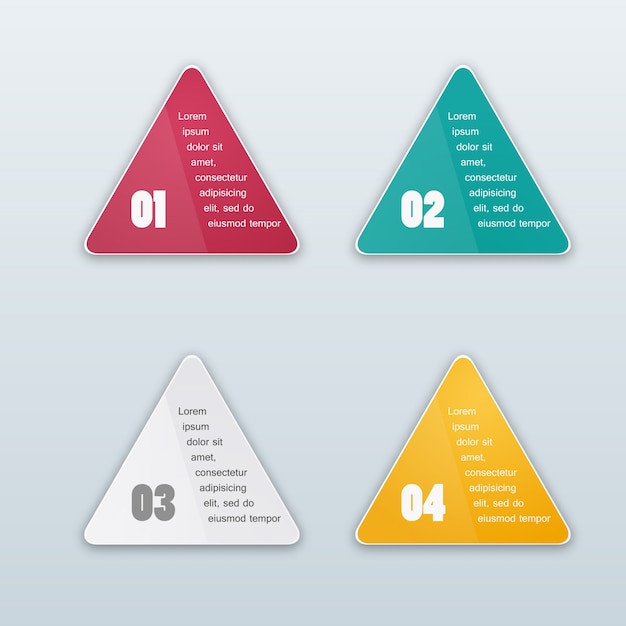
Understanding the Concept of Similar Triangles
Similar triangles have the same shape but may differ in size. We delve into the core concept of similarity, discussing ratios and proportions that define similar triangles.
Identifying Similar Triangles
Learn how to recognize similar triangles in different geometric figures, spotting corresponding angles and sides.
Proving Triangles are Similar
Explore the various methods for proving that two triangles are indeed similar, including AA, SAS, and SSS similarity criteria.
Solving Problems with Similar Triangles
Discover practical problem-solving techniques using similar triangles, from finding missing side lengths to calculating heights and distances.
Applying the Pythagorean Theorem
See how the Pythagorean Theorem can be applied to similar triangles, providing solutions to problems involving right triangles.
Using Trigonometric Ratios
Delve into trigonometric ratios like sine, cosine, and tangent and their relevance in solving problems related to similar triangles.
Real-World Applications
Explore real-life scenarios where understanding similar triangles is crucial, from determining the heights of tall buildings to estimating distances using shadows.
Now that we’ve outlined the key skills, let’s dive into each topic in detail:
Understanding the Concept of Similar Triangles
Similar triangles are a fundamental geometric concept. When two triangles are similar, it means they have the same shape but possibly different sizes. This similarity is based on proportional relationships between their corresponding sides. In simpler terms, if you scale one triangle up or down uniformly, it will match the other triangle.
To understand similarity better, let’s consider the ratio of corresponding sides. For two triangles, ABC and DEF, if the ratios of their corresponding sides are equal, they are similar. Mathematically, this is expressed as:
(A/B) = (D/E) = (C/F)
Identifying Similar Triangles
Identifying similar triangles involves recognizing specific characteristics. Two triangles are similar if:
- Their corresponding angles are congruent (equal).
- The ratios of their corresponding sides are equal.
By comparing angles and side lengths, you can determine if two triangles are similar. This skill is essential for solving geometry problems and real-world applications involving proportions.
Proving Triangles are Similar
Proving the similarity of triangles is a crucial step in many geometric proofs. There are several methods to establish similarity:
- Angle-Angle (AA) similarity: If two angles in one triangle are congruent to two angles in another triangle, the triangles are similar.
- Side-Angle-Side (SAS) similarity: If a pair of corresponding angles is congruent, and the ratio of the lengths of the sides containing these angles is equal, the triangles are similar.
- Side-Side-Side (SSS) similarity: If the ratios of all corresponding sides are equal, the triangles are similar.
Mastering these methods will enable you to confidently prove triangles’ similarity in various situations.
Solving Problems with Similar Triangles
Similar triangles are a powerful tool for solving a wide range of problems. By using the properties of similarity, you can find missing side lengths, heights, and distances. For example, you can determine the height of a tall object by measuring its shadow and the shadow of a known object of similar shape.
Applying the Pythagorean Theorem
The Pythagorean Theorem, which relates the lengths of the sides of a right triangle, can be applied to similar triangles as well. When working with right triangles, you can use this theorem to find missing side lengths and solve various geometric problems.
Using Trigonometric Ratios
Trigonometric ratios, such as sine, cosine, and tangent, come into play when dealing with angles in similar triangles. These ratios help calculate side lengths and angles, making them invaluable in trigonometry and geometry.
Real-World Applications
Similar triangles are not just theoretical. They have practical applications in the real world. For instance, architects use similar triangles to estimate the heights of buildings, and surveyors use them to measure distances. Understanding similar triangles can help you solve everyday problems involving proportions.
In conclusion, mastering the skills required to work with similar triangles opens up a world of mathematical and practical possibilities. Whether you’re a student or someone seeking to apply geometry in real life, these skills are invaluable. So, practice, explore, and apply the knowledge gained from understanding similar triangles.
FAQs (Frequently Asked Questions)
- What are similar triangles, and why are they important? Similar triangles have the same shape but may differ in size. They are essential in geometry and have real-world applications in various fields.
- How do I identify similar triangles? You can identify similar triangles by comparing their corresponding angles and side ratios.
- What are the methods to prove triangles are similar? There are three main methods: Angle-Angle (AA) similarity, Side-Angle-Side (SAS) similarity, and Side-Side-Side (SSS) similarity.
- What are some practical uses of similar triangles? Similar triangles are used in architecture, engineering, surveying, and other fields to solve problems involving proportions.
- Can the Pythagorean Theorem be applied to similar triangles? Yes, the Pythagorean Theorem can be applied to similar triangles, especially when dealing with right triangles.
Now that you have a solid understanding of similar triangles and their applications, you can confidently tackle geometry problems and make use of these skills in real-life situations.



